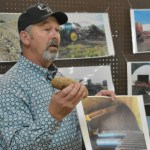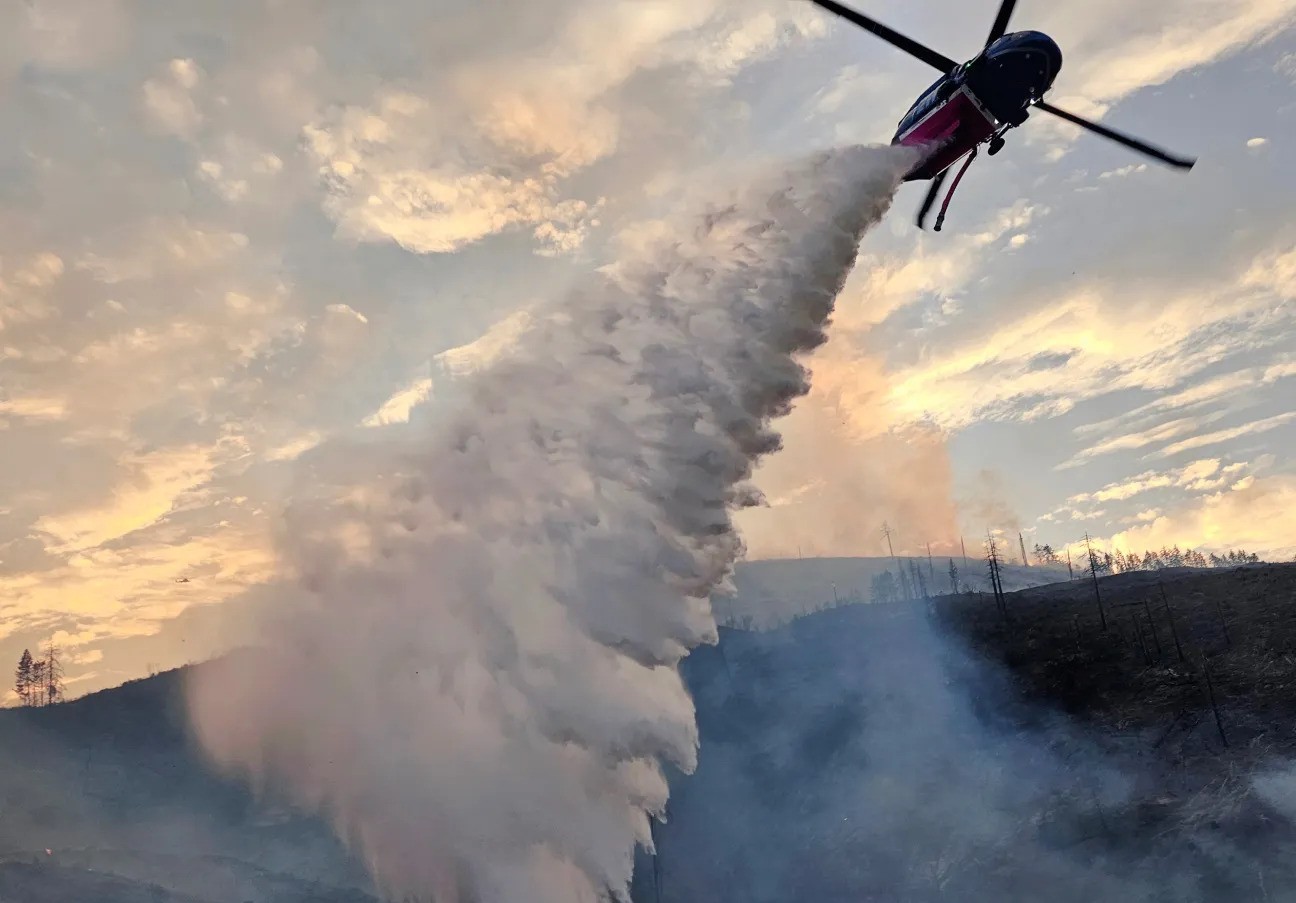Field to Fork helps Baker County fifth graders learn about food sources
Published 8:25 am Tuesday, May 13, 2025




BAKER CITY — Kara Miller hoisted the jar of sprinkles, but wouldn’t dispense any until the kids could answer a question.
To jog their memories about soil layers, she offered a hint — the word also means garbage on the side of the road.
“Litter!” came the enthusiastic reply, and the students each held out an edible soil horizon to receive a layer of multi-colored sprinkles.
This station was one of five at the annual Field to Fork event at the Baker County Fairgrounds on May 7-8. Held each year in early May, volunteers teach fifth grade students about agriculture, and how their food gets from the field to their fork.
Field to Fork is organized by the Baker County Farm Bureau and Oregon State University Extension Service in Baker County.
The first day was for students from North Powder, Burnt River and Pine Eagle. The second day brought fifth graders from South Baker and Keating.
Both days featured a lunch of tri-tip sandwiches, baked potatoes and ice cream provided by the Baker County Cattlewomen.
Students rotated through stations for 40-minute sessions. Topics included soil, water, plants, harvest and agriculture.
At Miller’s soil station, where “dirt” is a dirty word, students built different types of planting landscapes to determine which has the least amount of erosion. (The answer is conservation tillage, while compaction leads to the most erosion.)
To demonstrate the importance of this exercise, Miller used an apple to represent the world, then sliced the fruit to show how much soil is available to grow crops.
First, 75% of the world is ocean, so that took away most of the apple.
“Do plants like growing in the ocean?” she asked.
“No” was the overwhelming reply.
Of the remaining slices, most areas of the earth are too hot, too wet, too cold or too rocky.
She held up a nearly invisible piece of apple.
“It’s a teeny piece — just the peel,” she said. “Less than one percent is available for the top soil for the entire world’s plants.”
Then she asked each student to guess how long it takes to produce one inch of top soil, and responses ranged from one year to one million years.
“It takes thousands and thousands of years to produce one inch of top soil,” she said. “Isn’t it pretty important to conserve it?”
Most students nodded, their mouths full of the edible soil horizon built with crushed cookies (bedrock and parent material), vanilla pudding (subsoil), chocolate pudding (top soil), gummy worms and M&Ms (decomposers) and sprinkles (litter layer).
As the day progressed, students learned about the water cycle and agriculture commodities, planted seeds in a plastic glove as an experiment for growing conditions, and learned about harvesting practices.
Eugene Hawes has taught the harvest station for about 15 years, and remembers why this annual Field to Fork event got started almost 20 years ago.
“Our young people don’t know where their food comes from,” he said. “It only takes one generation to lose track of our food source.”
Field to Fork is supported by the Baker County Cattlewomen, Baker County Custom Meats, Oregon Beef Council, AgWest Farm Credit, Greater Oregon STEM Hub, Oregon Trail Electric, Beef Northwest, Oregon Trail Livestock Supply, Soroptimist International, Baker School District, Richland Feed and Seed, Haines PTCO, Safeway, Albertsons and Agricultural Construction Inc.
Volunteers and presenters included Robin Maille, Beef Northwest team, Baker County Cattlewomen, Christine Haws, Eugene Haws, Jacob Putney, Sue Richard, Larisa Bogardus, Amber Tiedemann, Kara Miller, Marcy Osborn, Holly Kerns, FFA volunteers and Baker High School leadership volunteers.












